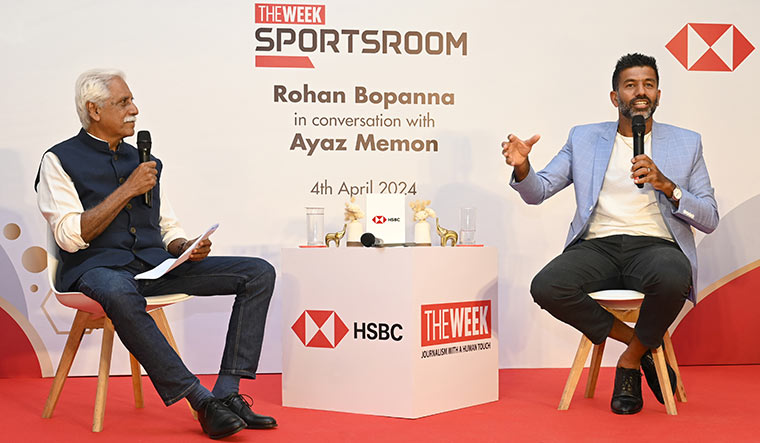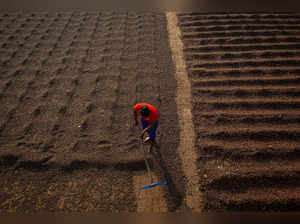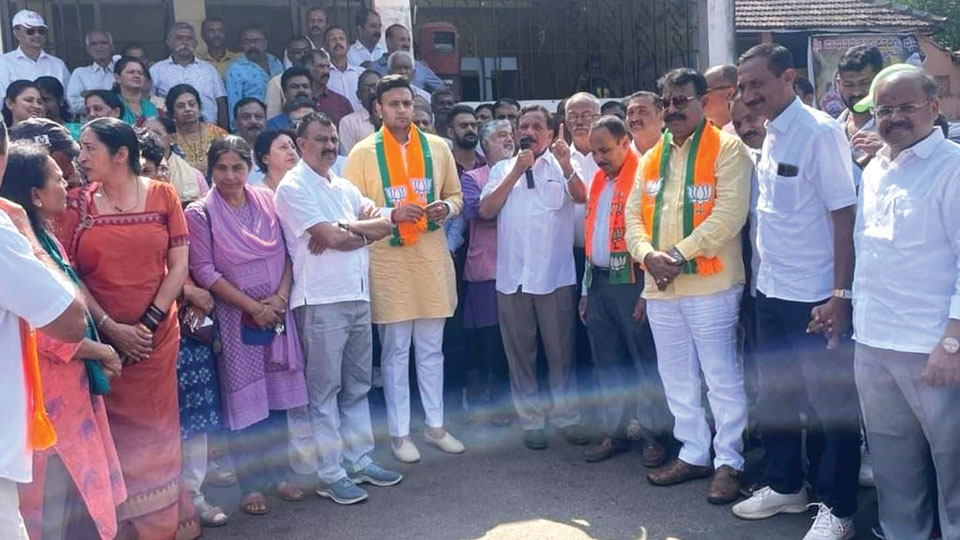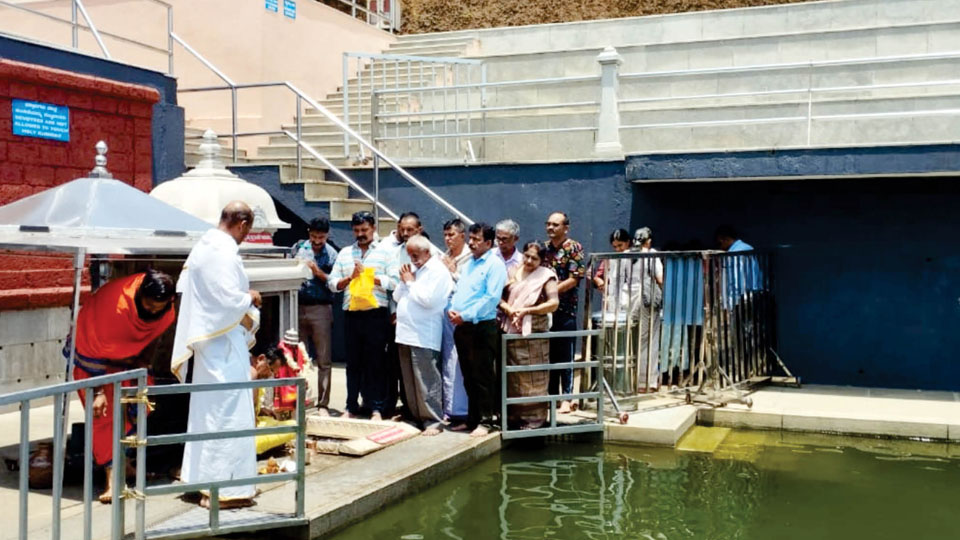Bangalore Based AFFOREST Green Beauty Brand announces all new culture of skin care.
“AFFOREST Green Beauty” a luxurious forest to skin, skincare brand that harnesses the power of exotic forest ingredients to revitalize and rejuvenate your skin. Inspired by the serene beauty and healing properties of forests around the world, AFFOREST was born out of their love for Coorg popular as mini Scotland of India.
Coorg’s beauty is a vision to behold. Undulating hills covered in lush green forests and a landscape dotted with coffee plantations, tea gardens and orange groves.
AFFOREST Team scouts through their vast estates and explore to unearth high performing vegan discoveries to be developed into the best of Skincare products that forests have to offer. They go through extensive rounds of Research & Development and Sampling before making the final jar of goodness that is clean, green, and filled with the AFFOREST Promise.
AFFOREST range of skincare products includes cleansers, serums, moisturizers, masks, and more, all designed to address various skin concerns and enhance your natural radiance. Whether you’re looking to hydrate dry skin, combat signs of aging, or achieve a radiant complexion, AFFOREST offers a solution to your needs. “Each product is carefully formulated with extracts from plants, herbs, and high performing plant based alternative extracts. We do not use any byproduct of animals in our products,” reveals, Yukta, CEO & Co-founder.
Key to the brand philosophy is sustainability and environmental consciousness. AFFOREST is committed to preserving the natural habitats that inspire their products, which is why they prioritize eco-friendly practices throughout their production process.
From responsibly sourcing ingredients to using recyclable packaging, AFFOREST strives to minimize its environmental footprint and contribute to the preservation of our planet’s precious forests. In this journey, they also carry their customers along with them. They contribute 1 tree towards each product bought and they become part of their community of, “AFFOREST RANGERS”.
AFFOREST RANGERS are responsible for:
• Giving back to the forests
• Building a greener tomorrow
• Protecting our wildlife
• Becoming a part of our green community
• Promoting beauty that goes more than skin deep.
In addition to their dedication to nature and sustainability, AFFOREST is committed to inclusivity and transparency. “We believe that skincare should be accessible to everyone, regardless of skin type, tone, or background,” says, Yukta.
Their products are formulated to be suitable for all skin types, and they are committed to providing clear and honest information about the ingredients they use and their benefits.
Through the Journey
The brand founders have boot strapped the business and run lean operations. AFFOREST launched its 1st in India Green Coffee range of skincare products. The initial 4 product launch with cleanser, hydrating expert, mineral sunscreen & serum was the talk of the town. “These product’s well received feedback and positive support moved us to launch 6 more products in this range,” says Yukta. The 10 products became so popular as an India’s first ever launch that the founders started exploring more exotic forest ingredients to curate into their portfolio.
Challenges were plenty. “The biggest challenge for us was to maintain small batches of stocks to control the quality and efficacy of the exotic products before manufacturing at scale, convincing our manufacturers of the same was always the foundational challenge as we use exotic forest ingredients. With lot of efforts and dedication towards our products and brand aspirations we were able to convince our manufacturers to work on small capacities first to maintain our product quality which can be controlled by AFFOREST Green Beauty,“ reveals Yukta.
Everything revolves around the customers, “I personally interact with customers to understand in which direction the products and brand needs to evolve since we are new culture to skincare,” says Yukta.
India’s first Jackfruit Skin Care Range, nowhere else
AFFOREST, has launched yet another exotic forest hi performing science backed superpower ingredient, “Jackfruit Beauty Range”. India’s 1st ever launch which is backed as the hi performer for pigmentation and hyper pigmentation skin concerns. High amounts of vitamin C are present in jackfruit extracts which boosts collagen and firm’s skin. Powerful ingredient for Vitamin A and derivative retinoid delays ageing.
“The Jackfruit range will mark the luxurious era for AFFOREST,” says Yukta. The range consists of a foaming cleanser, gel crème moisturizer, under eye crème & bedtime serum blended with other science backed performing botanical extracts to target early signs of pigmentation & hyper pigmentation. 100% Vegan, Cruelty free, Paraben & Toxin Free, Exotic forests aromas will leave you wanting for more. AFFOREST products are not just to treat your condition scientifically, the experience is exotic, the aromas refresh your mind, body & soul helps you rejuvenate after a long day. “We will keep bringing the science backed, plant based exotic forest ingredient formulations to our customers which will not only treat and improve their skin needs but also make them feel good about themselves and relax their mental load by using AFFOREST products,” says Yukta.
Kudos to the team
• AFFOREST Green Beauty has forayed into a marketplace with already existing strong players and has managed to create a niche for themselves from the exotic India’s 1st forest to skin products along with building an AFFOREST Rangers community and bringing New Culture into Skincare which is not just about treating skin scientifically but mindfully as well.
• The brand received so much of appreciation from their Green Coffee range of skincare that they researched and developed another exotic forest ingredient the Jackfruit skincare range. They are going to keep bringing the customers exciting new forest goodness to bring freshness to their skin and lives.
• The brand’s Hero Ingredient is always Certified organic, well researched backed with science and blended into the ultimate high performing potent formula. The most active part of the formulation is the hero ingredient which contains 10% of the actives.
“Our brand, AFFOREST ‘s journey is a testament to the transformative power of perseverance and passion. As we navigate the road ahead, we will continue to uphold our values of authenticity, transparency, and integrity, ensuring that every product we create reflects our unwavering commitment towards excellence & the environment,” Yukta Raghu, 1st Ranger, CEO & Co-founder, AFFOREST Green Beauty.
www.myafforest.com
www.instagram.com/myafforestgreenbeauty/?hl=en
www.linkedin.com/in/yukta-raghu-6047b9245/
www.linkedin.com/company/82633843/admin/feed/posts/
Image: AFFOREST Green Beauty Brand – All new culture of skin care
(Disclaimer: The above press release comes to you under an arrangement with Newsvoir. PTI takes no editorial responsibility for the same.)
source: http://www.ptinews.com / PTI / Home> General / by Press Release / April 02nd, 2024














